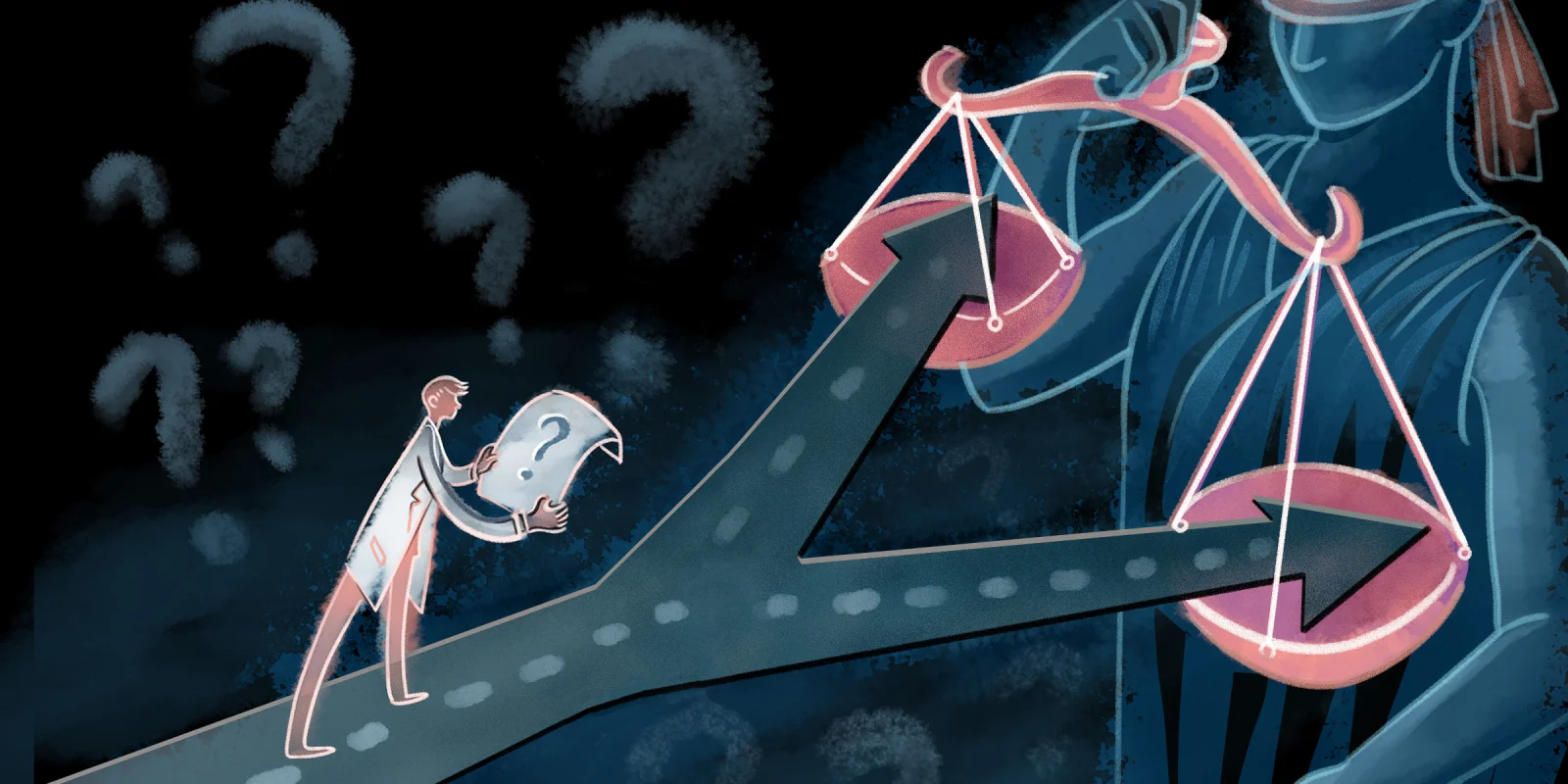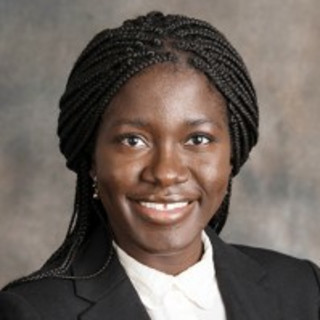The CT scan clearly indicated that this was a surgical emergency.
I rushed back down to the ER to see the new patient that our team had been consulted on. When I walked in the room, I saw an elderly man lying in bed with an oxygen face mask and an exasperated expression, and a much younger woman with a look of deep concern leaning over the bed rails. My attending was already present, sitting on a stool at the foot of the bed.
“Dad, listen to what the doctor is saying,” the younger woman said.
“I just want to go home,” the patient said.
But we all knew that this wasn’t possible. The patient had presented to the ER with intractable abdominal pain that had not subsided after several hours. Diagnostic workup had shown that the patient had a gastric perforation, and his vitals and laboratory markers showed that he was quickly becoming sicker. It was clear that the patient had not yet grasped the magnitude of his presenting symptoms.
And so our attending began to illustrate a new picture for the patient, explaining that this was beyond benign abdominal pain but rather a life-threatening condition. The patient needed surgical repair in order to have any prospect of surviving through this otherwise fatal diagnosis. As the discussion progressed, it became clear that although the patient did understand that surgical repair was clearly indicated, it was not what he wanted. He asked what the recovery process after surgery would look like. The attending explained that he would need to be in the ICU post-operatively with some time on a ventilator. There were potential complications, such as infection or respiratory distress, that could make it difficult for the patient to come off of the ventilator. If and once he got off of the ventilator, it would take months of rehabilitation to recover from deconditioning after surgery. Best case, this would mean a one-month inpatient hospital admission. After discharge, there would be at least several weeks that would need to be spent at a skilled nursing facility.
Home was nowhere near in sight.
“I don’t know, I don’t know. I just don’t want to go through all of that. I just don’t think that I would even make it through the surgery,” the patient said.
He explained that even if he survived through the surgery, the proposed life after was not one that he wanted to live. He turned to his daughter.
“What do you think that I should do?”
The daughter looked at her father with tears in her eyes. It was clear that she knew what this meant. Her father not choosing surgery was effectively a choice to transition to comfort care measures only. Without surgery, her father would die.
“I can’t make that decision for you, Dad. I will support whichever choice you make,” she said.
Her father looked at her and looked back at the attending and then looked around the room. He reiterated that he wanted to do the non-surgical option. The attending nodded and stated that we would start the transition to comfort care measures only.
The daughter’s voice broke as she said, “OK, Dad.”
I have thought a lot about his encounter since then, mostly about the daughter’s selflessness. And I have asked myself, in the same situation, if I would do the same. I have asked myself if I currently do the same with my patients. That patient’s daughter knew that her father was effectively choosing a path of imminent death. She could see how distressed her father was in making such a weighty decision. Within this vulnerability, she could have imposed her own wishes. Some may have said that she would be justified in doing so. There was a clear surgical remedy, and there were patients who had survived this course before. There were family members, including herself, that he would be leaving behind. Yet, she chose to honor her father’s values in what living felt like, even if that would leave her at a painful loss.
As physicians, how do we balance standing by our medical expertise but also standing back to allow a patient final choice? Looking back, I admire the tact with which the attending engaged in the goals of care discussion with the patient. She illustrated the management options clearly, explaining risks and benefits — best case, worst case, most likely case scenarios — in a way in which the patient could envision what each path would look like. She explained that there was a medical solution to the presenting problem but always reminded the patient that this solution was not the only choice. Sometimes the most expert choice is not the best choice for the patient’s values. She, too, did not pressure the patient in his moment of vulnerability.
However, at what times should we more firmly stand by our medical recommendations? I have reflected on past conversations with patients who initially did not want to proceed with surgery, but who changed their mind upon learning that the probability of feared complications were much lower than expected. In these cases, I learned the importance of education and illustration of care options. And furthermore, I learned the importance of asking patients to share their thoughts first so that these concerns could even be addressed.
I think being able to balance our medical expertise with upholding patient values will often cause us to hold both in tension. We will first have to get good at listening to our patients and communicating in a way that is tailored to each specific patient. And we will need to ensure that patients feel that we are partnering with them, in the same way that patient’s daughter did.
How do you balance your medical expertise with your patients' wishes? Share your strategies in the comments.
Dr. Nzuekoh Nchinda is a general surgery resident at the University of Washington who is passionate about health equity, quality improvement and outcomes research, and ethics. She completed her medical school education at the University of Chicago and undergraduate studies in chemistry at Harvard University. She enjoys knitting, running, and singing in her free time. She is a 2020–2021 Doximity Op-Med Fellow.
Illustration by April Brust







